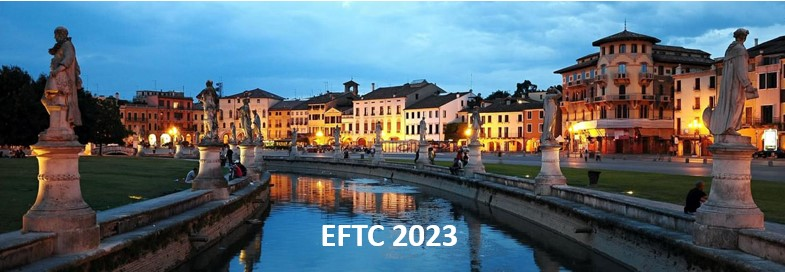Speaker
Description
Integration of high fusion performance with sustainable power exhaust is one of the leading challenges of reactor-scale fusion devices. Current state-of-the-art simulation tools for scrape-off layer (SOL) plasmas, such as SOLPS-ITER, employ a finite volume plasma solver in 2D with either fluid or kinetic treatment of neutral transport [1]. However, with high-fidelity physics treatment, these are prone to relatively long computational times and convergence challenges. For computationally faster and dynamic simulations, 1D plasma solvers such as SD1D and DIV1D have been developed [2, 3]. In this study, the applicability of the Sparselizard library [4] for the simulation of fusion plasma physics is investigated, starting with the 1D SOL fluid models. Sparselizard is an open-source C++ finite-element (FE) library for the numerical implementation of multiphysics systems utilizing the domain decomposition methods for high-performance computing [4].
Firstly, the equations for the conservation of mass and momentum from the 1D isothermal fluid model were implemented and verified against an analytical model [5]. Then, a diffusive neutral model was introduced to determine the neutral distribution and particle source self-consistently. This was extended to the plasma temperature through the energy equation, assuming electron heat conduction as the sole energy transport mechanism. For verification, the results from the FE simulation were compared with the two-point model. Due to the strongly coupled and self-consistent interactions between various physical terms, a fully-coupled solver was implemented. Thus, all the conservation equations were solved simultaneously. In the FE formulation, stabilization techniques and Newton linearizations were employed. The resulting system of equations was solved using Newton iterations.
This research project, funded by Business Finland, is a collaboration with the EUROfusion Advanced Computing Hub at the University of Helsinki and Quanscient Oy.
References:
[1] S. Wiesen, et al. J. Nucl. Mat. 463 (2015) 480-484
[2] B.D. Dudson, et al. Plasma Phys. Control. Fusion 61 (2019) 065008
[3] G.L. Derks, et al. Plasma Phys. Control. Fusion 64 (2022) 125013
[4] A. Halbach, Sparselizard - the user friendly finite element c++ library. 2017
[5] P.C. Stangeby, The plasma boundary of magnetic fusion devices. Vol. 224. Philadelphia, Pennsylvania: Institute of Physics Pub., 2000.

